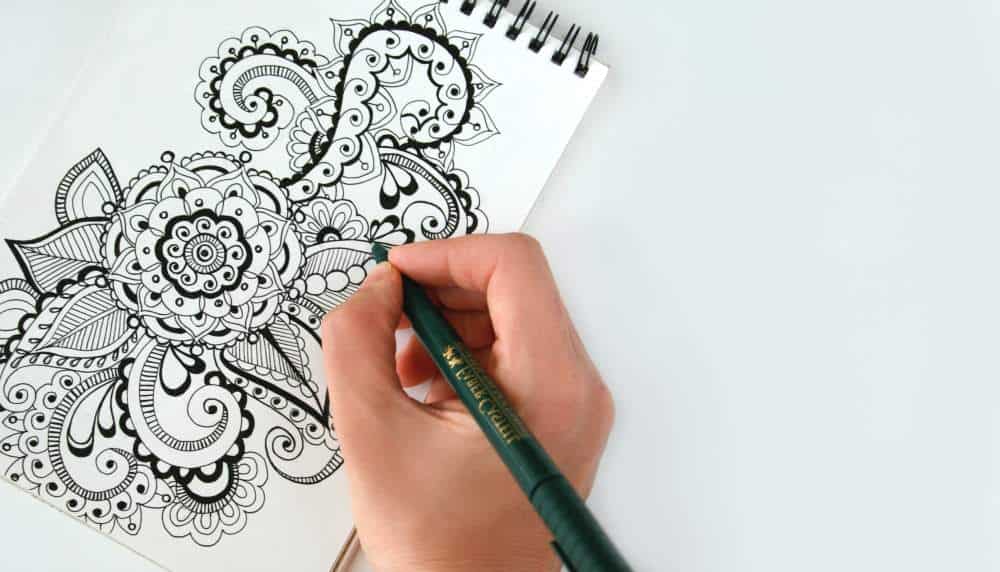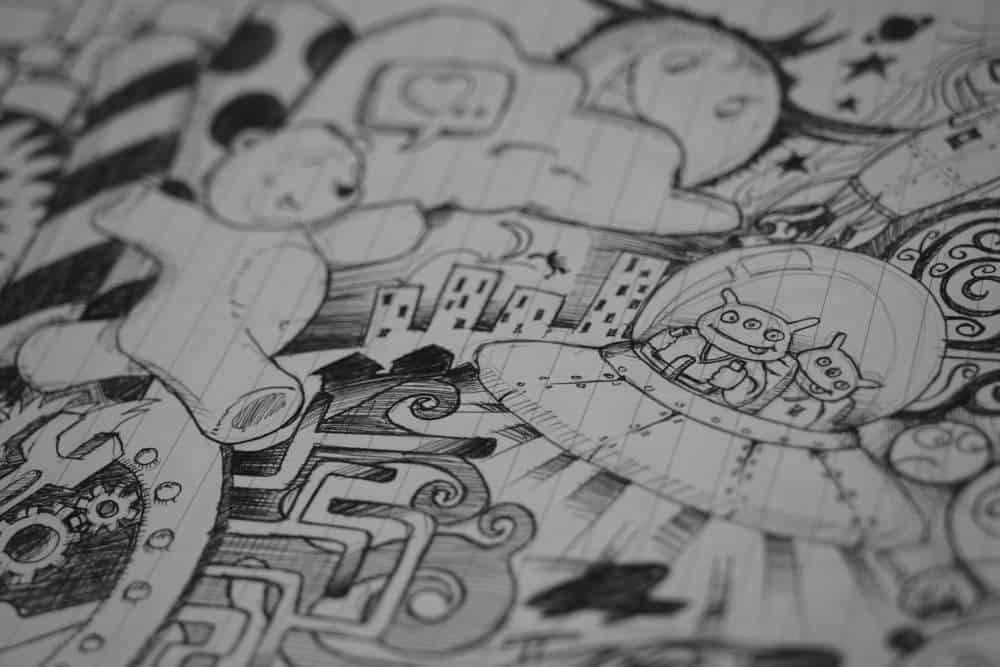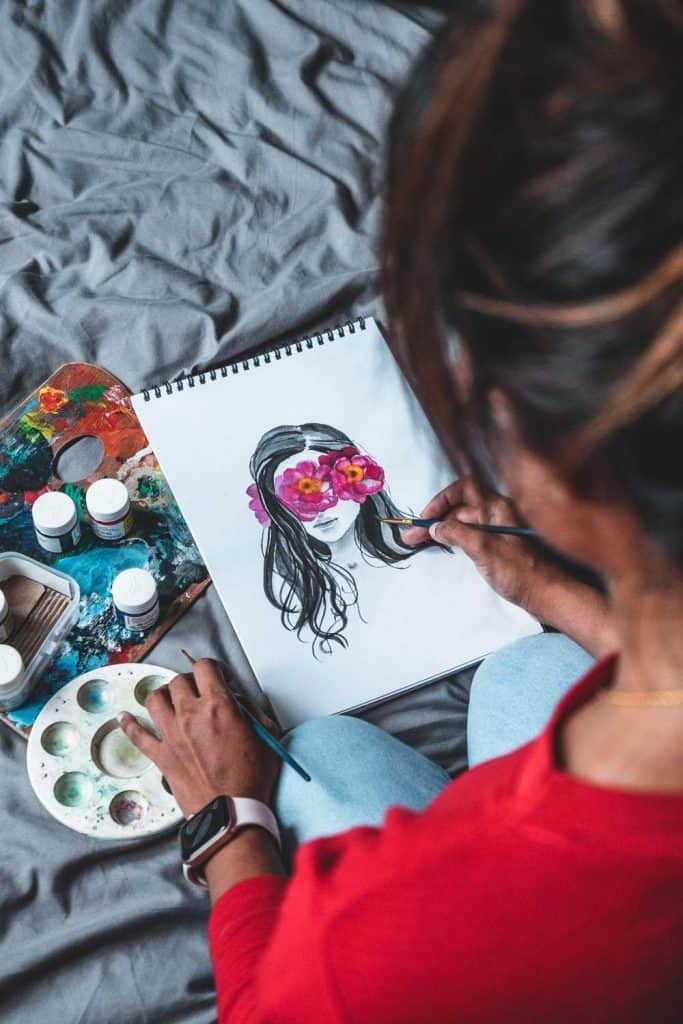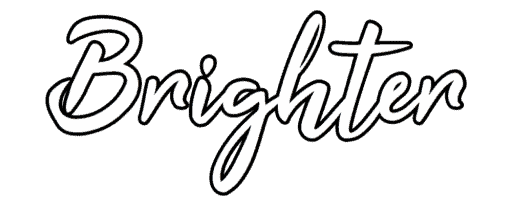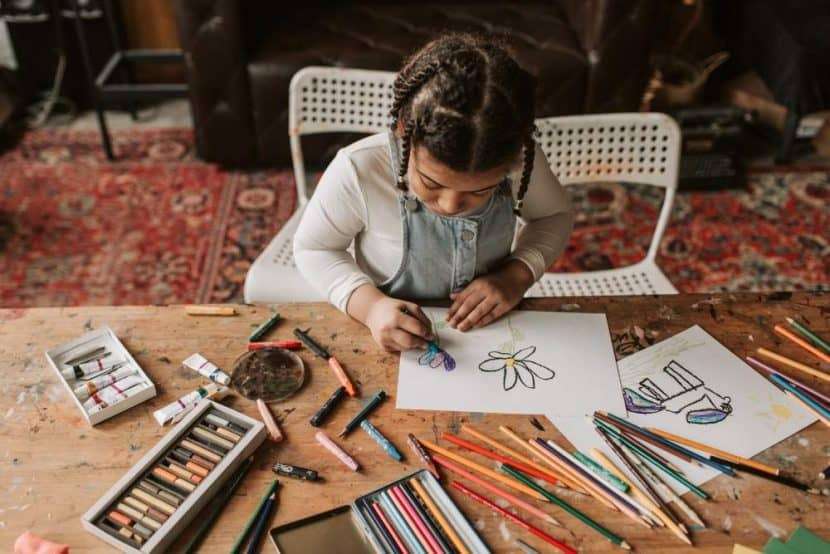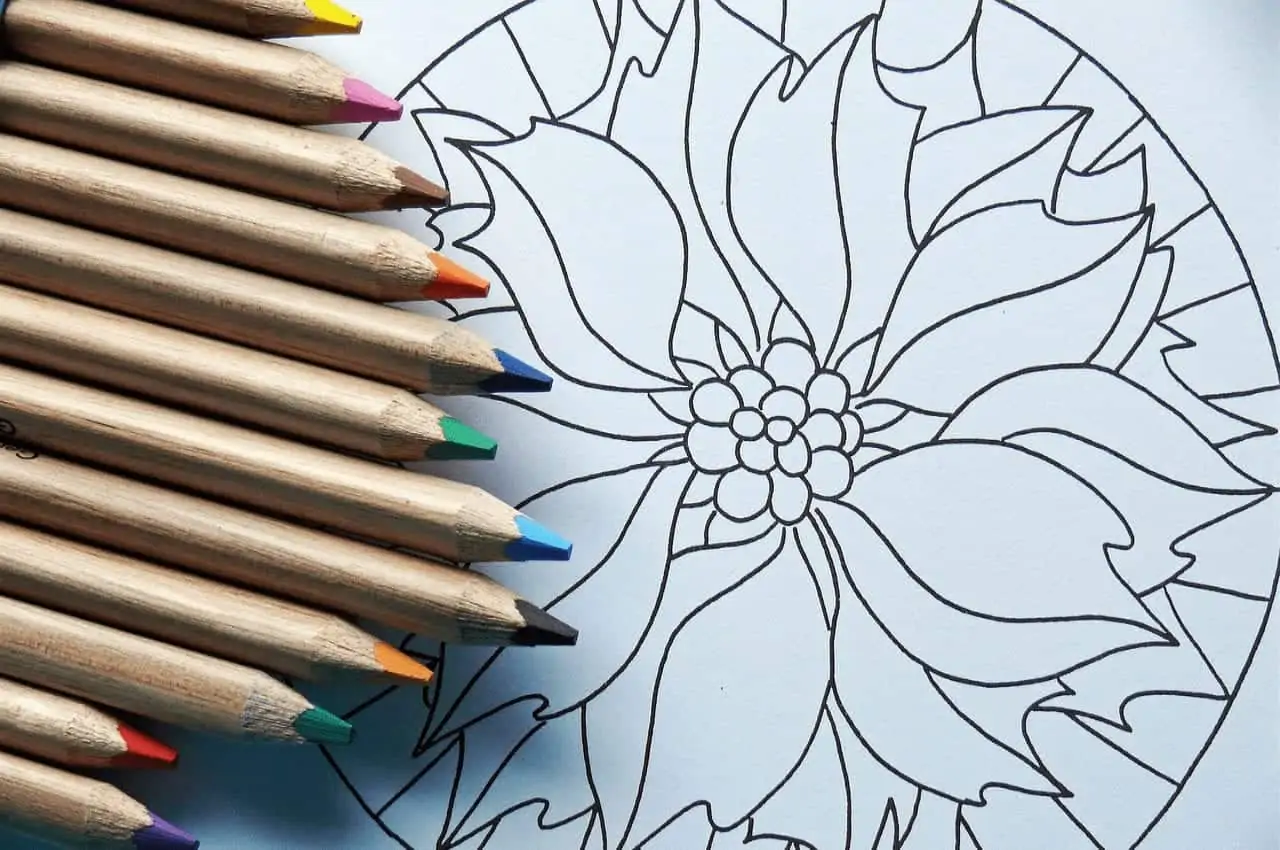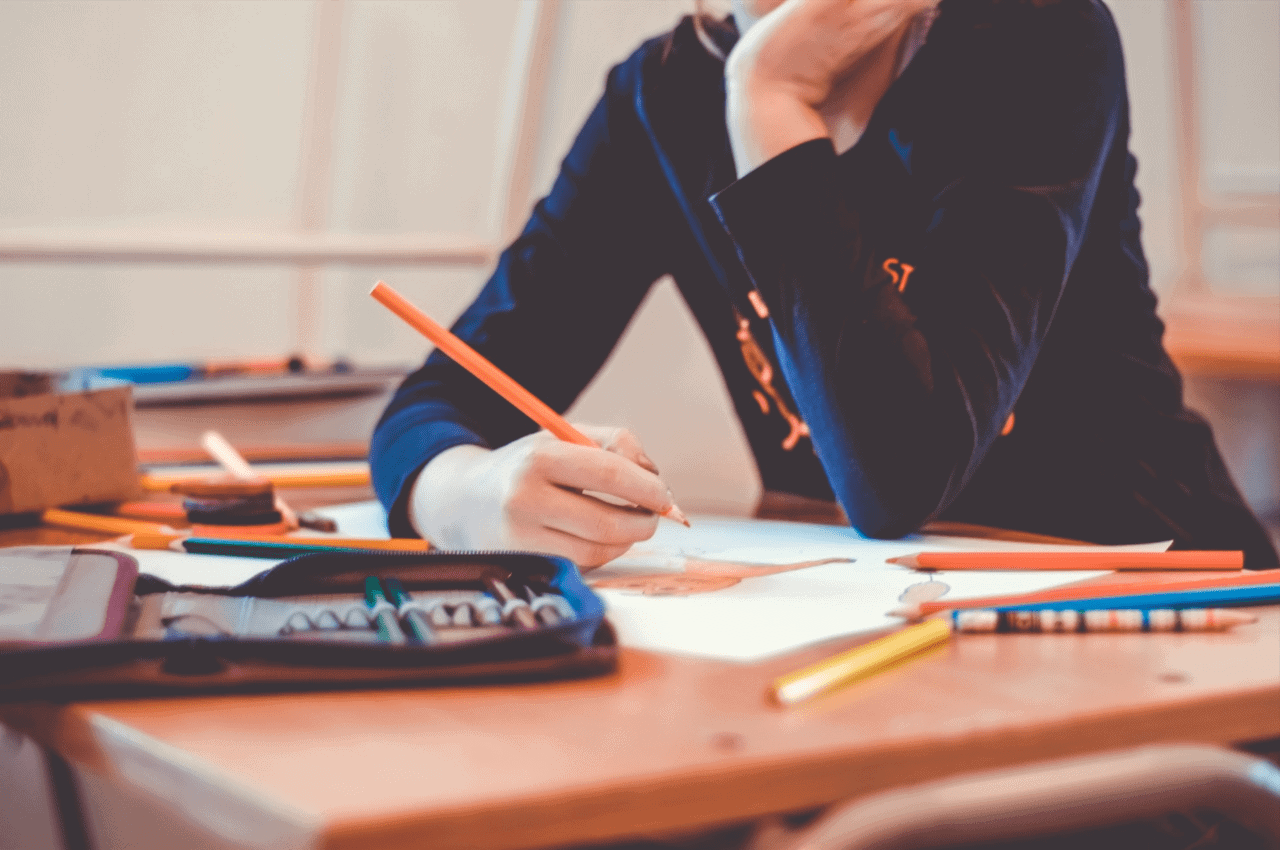You know those times when you can’t figure out what’s wrong with a drawing? It seems as if nothing is working. Your drawings just don’t look right and it leaves you feeling frustrated and discouraged after trying so hard to produce an amazing piece of art.
I have been there before too. I’ve spent hours pouring over tutorials online looking at different techniques.
You’ve read how to draw books, maybe gone to a few art classes, but the drawing still just don;t look right. You begin to doubt yourself and ask yourself “am I not talented enough? Will this skill ever come easy for me or am i never going to improve at all?”.
Understanding drawing is the key to your drawing, but it can seem like an uphill struggle.
What if there was a simple solution?
Little things to help you improve that you didn’t know existed.
Table of Contents
Why Do My Drawings Look So Bad?
There could be a few reasons why your drawings look bad. Below I will look at some of the common mistakes people make and how to try and solve them.
You Haven’t Had Enough Focussed Practice
Practice will always help you improve, but the trick is to keep focussed when you practice. Avoid distractions.
Let the drawing flow and develop gradually. Step back to look at what you have done at each stage. Be analytical about what needs to be improved and practice that particular skill.
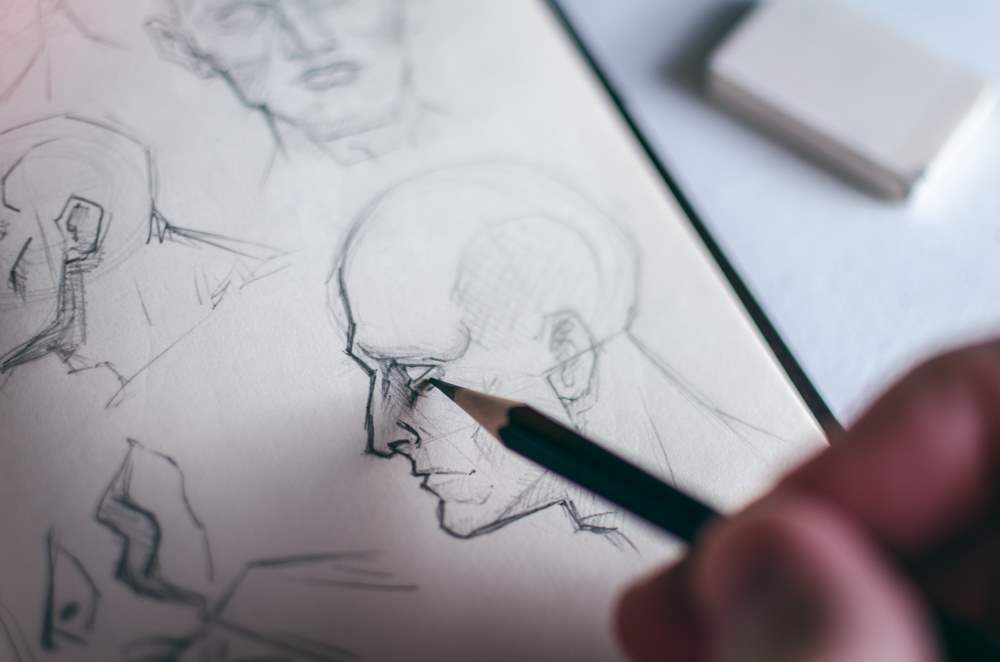
You Are Being Too Hypercritical
Most people are their own worst critic. Be analytical rather than critical. Because you are the artist, you will see things that no one else will ever notice.
You Haven’t Got The Proportions Right
Its really easy to get the proportions of something wrong. In our tutorial about how to draw a giraffe you will see how I try to set out the basic proportions of the giraffes body before I even start really drawing.
You Haven’t Captured The Perspective Needed To Make The Drawing Look Right
Perspective can be a difficult skill to master. I spent hours drawing rows of houses and large complicated rectangular buildings to try and learn the basics. Even when you look at a face or an animal like a lion or tiger from a specific angle, the parts of the animal closest to you will always appear larger.
You Have Drawn What You Think Is Right Rather Than What You Actually See
You will read one comment in many of my blogs about a lesson I learned from an old guy who had been painting longer than I had been alive at the time. He taught me to turn the paintings and drawing I was having difficulty with upside down.
This might sound like a really ridiculous idea but there is sound psychology for it and the results can be startling.
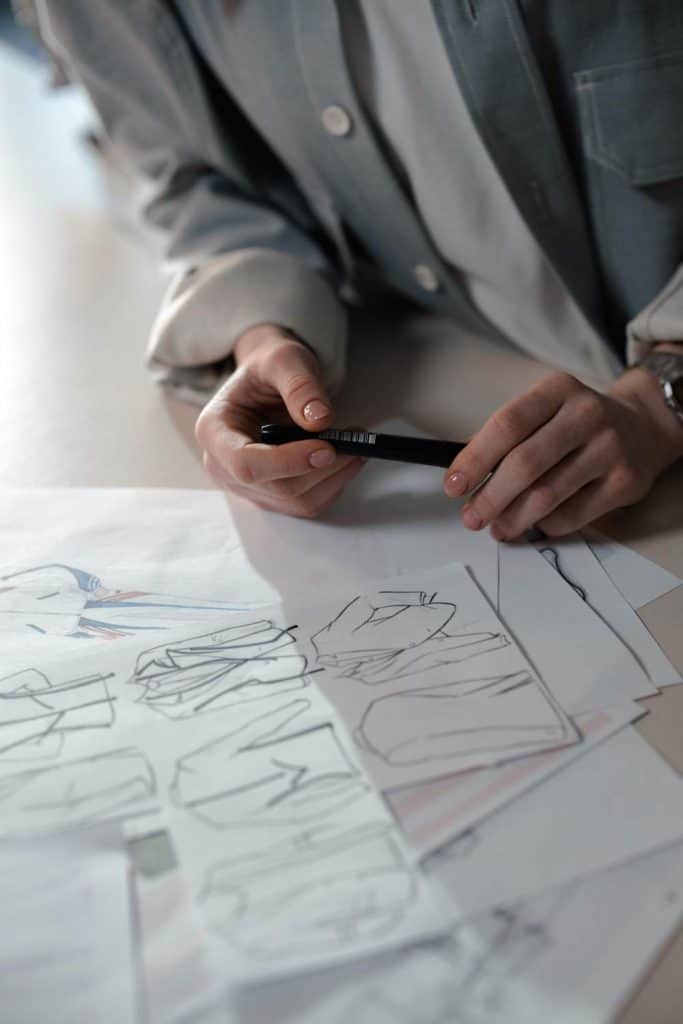
6 Ways To Improve Your Drawings
1. Stay Focussed
When you are painting or drawing you need to stay focussed on the task at hand. Even something as basic as taking to someone makes it more difficult to keep the left side of the brain engaged and in control.
It is the left side of all our brains that gives us that creative spark. The right side is more logical and is the part of our brain we rely on most of the time. Trying to shut it down can be difficult at any time but if we chat, it engages the logical side and leaves less room for the creative side to take over.
If someone asks you a question, even a basic, easy question, the right side of the brain immediately kicks in to try and rationalise the question and answer it. This leaves less space for the creative side to come through.
It immediately interrupts that flow of creativity that is vital when achieving real success as an artist.
2. Go With The Flow
Flow is a mental state where you become so involved in the drawing or painting that it feels like your whole being is in a different place. It becomes separated from the logical world we all live in. You need to try and reach this mental state while drawing, but any interruption can disrupt this flow, because left brain begins to battle with the right brain instead of staying focussed on the art you are trying to create.
You need to understand how these areas of your brain work so you don’t subconsciously sabotage your own efforts.
The key is being totally immersed, which happens when your attention is totally focussed on what you are doing. All sense of time is lost, leaving no space for the practical, logical side of the brain to challenge the creative side.
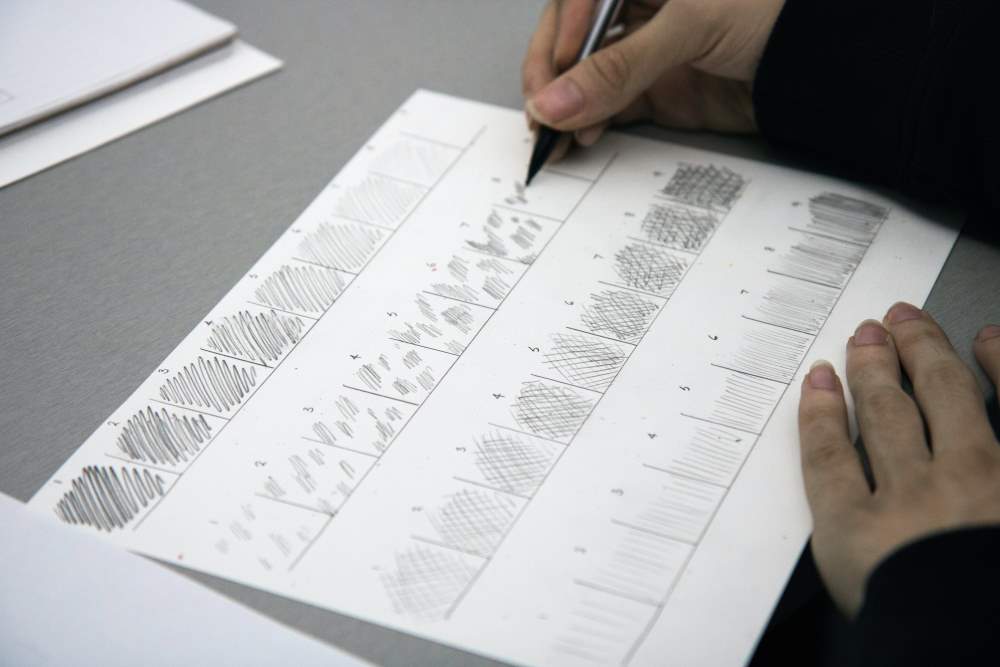
3. Getting Proportions Right
Getting the proportions of any drawing correctly starts right at the beginning. Start with your preparatory sketches and get each section of the picture the flow into the next to create a balanced image.
If you are drawing a car for example, look at how big the tyres are compared to the wheels. Study the length and depth of the various body panels.
Using a grid pattern can help a lot when you start and if you draw one on some clear plastic sheet you can hold it across any photograph you are drawing from or even hold it up to look through it at a landscape you are trying to paint.
Looking at each section and then how they fit together means you can take each smaller section at a time so you don’t get overwhelmed trying to re-create the entire piece in one go.
In our face drawing tutorial you can also see how I have learnt to keep peoples facial features in balance. It is all fairly basic anatomy but can make an amazing difference when you learn how to use these skills. They will improve each piece that you draw or paint.
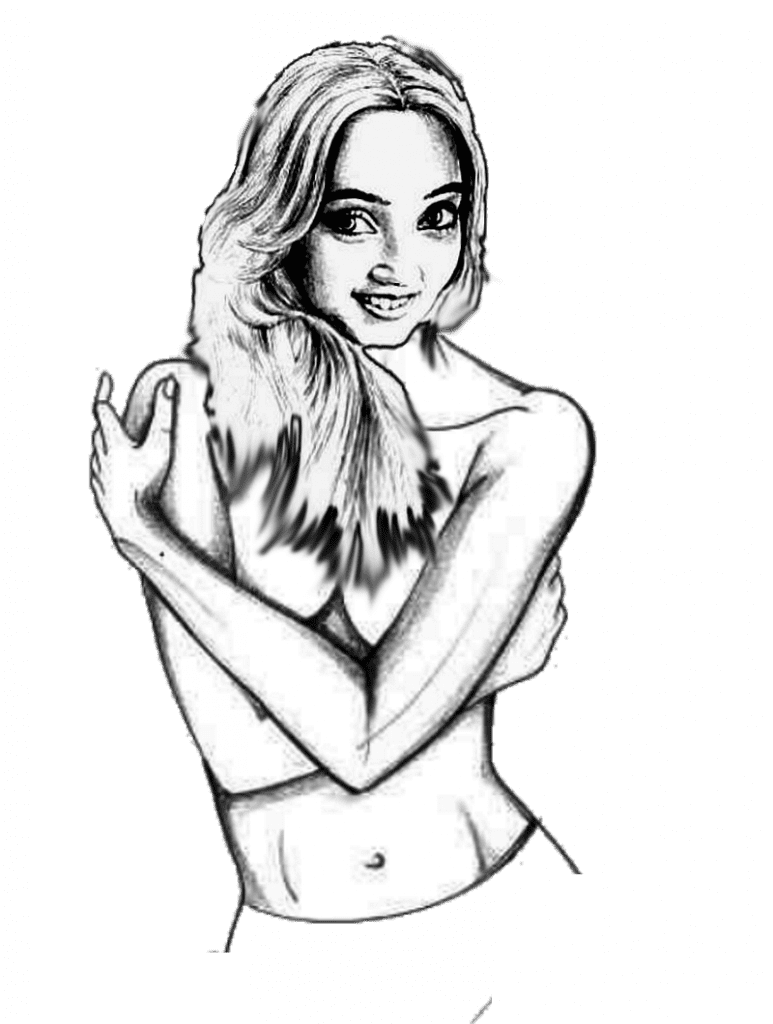
4. Understanding Perspective
Perspective is used to create the illusion of depth. You will need to learn about vanishing points to master this skill and it becomes really obvious if you are doing a landscape painting. But it does apply to any drawing or painting.
To draw perspective, there needs be some form or line that represent an eye-level view. This is called “horizon line“. Then you will need at least 1 point (some paintings will have 2 vanishing points) that is a place where any part of the picture gets so far away that it becomes a single dot. In reality, this “vanishing point” might well be off the side of the piece of paper or canvas you are using, so you will have to visualise it.
Any subject will be affected by the angle it is viewed from and the distance away from the viewer things are. In a landscape picture if a river is running off into the distance the further away it gets the narrower it will look. As it gets closer any meanders in the river will appear more exaggerated.
A single tree in the foreground will likely be much bigger than a whole stand of trees in the distance.
This will all take time and more practice. However it is worth it. Remember, the more you practice the easier it will become.
5. Don’t Be So Critical Of Your Work
Don’t get hung up about tiny details. Always remember to step back from the piece and look at it from a distance.
Because you are so close to and involved with the picture when you are working on it, it is easy to loose sight of how other people will look at it when it is in a frame hung on a wall. Stand back and try to see it as they would.
Ask yourself the question, did any of the so called grand masters ever reach a point where they were truly satisfied with some of the paintings we all now think of as masterpieces?
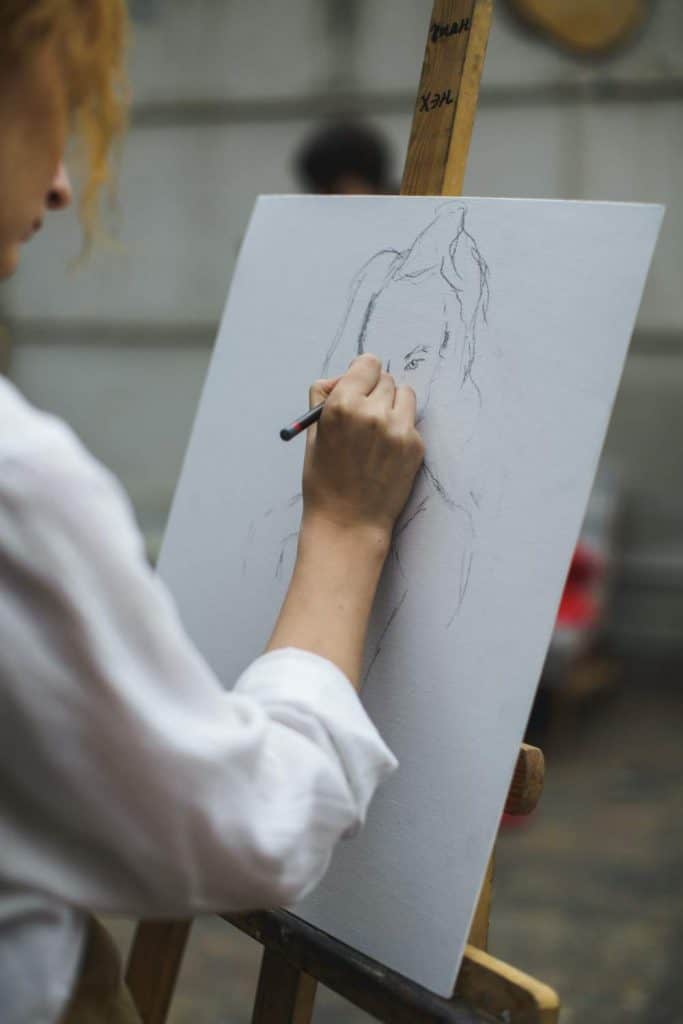
6. Draw What You Actually See
If you are drawing from a picture. Turn both the picture you are painting from and your canvas upside down. Then look at the shapes you really see and try to capture them in your paintings and drawings.
By turning the subject upside down your brain stops recognising what it is. You see, our brain is a fantastic tool and when we look at things it fills in gaps and recreates what we actually see into something we can understand. By turning the painting upside down you begin to see what is actually there rather than what your brain recognises and re-creates.
Try it on something simple first, but if you are having trouble with any subject it is worth a try. This one trick has helped me so many times. Especially with portraits done from photographs.
It really is quite unbelievable the way that with a quick glance our brain creates a whole picture and defeating that process can be difficult. Turning the subject image and picture both upside down just confuses the right side of the brain and allows the left brain to take over more too.
Parting Thoughts
Everyone does learn in different ways, but by applying some of the lessons here you can improve any of your drawings and paintings. Getting the proportions and perspective right is not so difficult when you start to break the process down.
Don’t be intimidated. Keep practicing and you will see the improvements you want to achieve.
